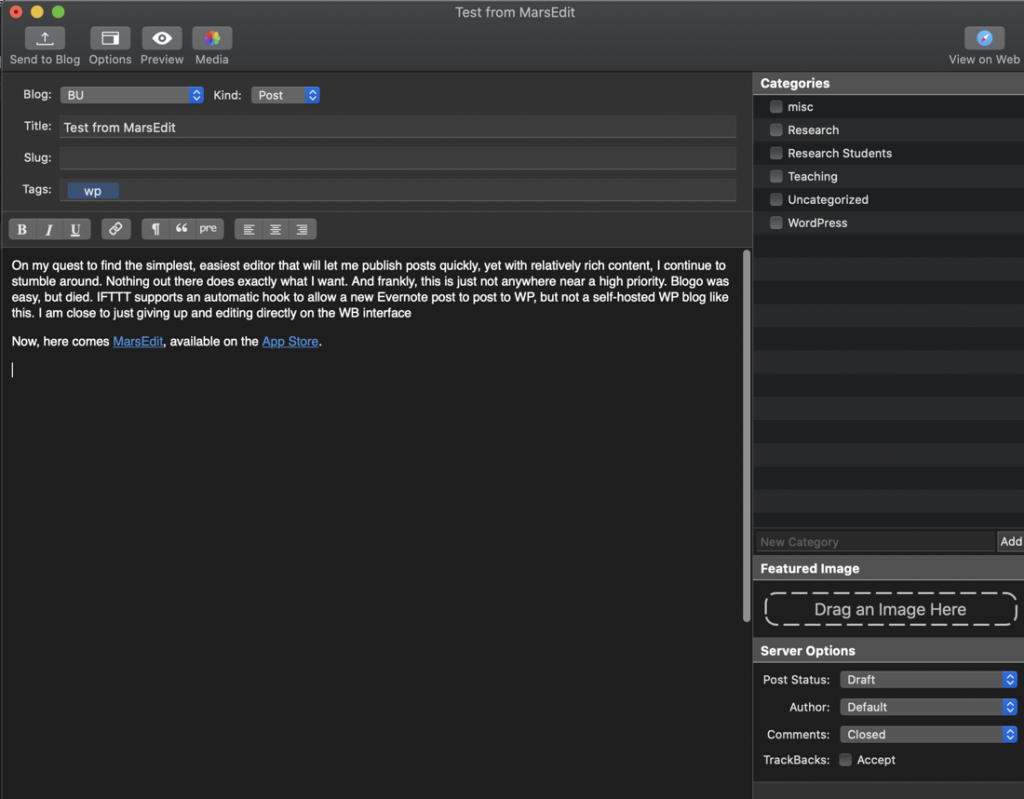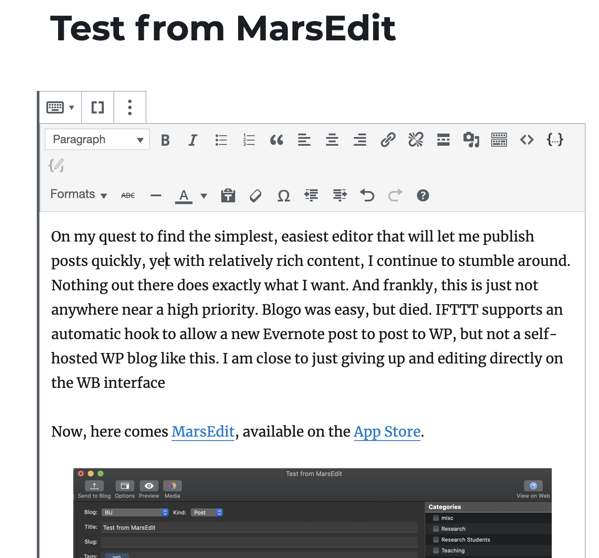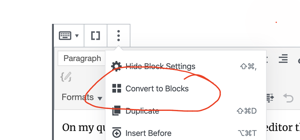I had the joy of becoming a core faculty member of the Institute of Leadership in Technology and Management for the past two summers (Summer 2017, 2018). I found this to be one of the most transformative experiences available to Bucknell students since I’ve been here. I was honored to be part of this program. I worked with some absolutely wonderful students in ILTM! However, as a result of this opportunity, my scholarship was substantially halted for the last two summers. Thus, I have not taken on any new students for quite some time.
I was also on sabbatical during the entire 2017-18 academic year. During this time, I continued to work on interesting projects collaboratively with Dr. Vanessa Troiani at Geisinger Autism and Developmental Medicine Institute. As much as I’ve found much pleasure working in various areas of bioinformatics, I decided it was time for me to explore other areas of sequential data analysis. Dr. Troiani and her lab members have invigorated me with new opportunities in pattern mining mass quantities of eye-tracking data. This ultimately led to another collaborative project involving Dr. Troiani and our own Prof. Evan Peck. Slowly, the research agenda is ramping back up again. I applied to 5 different grant opportunities, of which, to date, one has been awarded, and a much larger one is currently under review.
I’ve also become more involved in interdisciplinary teaching and research opportunities across the university. Bucknell is at a point now where we can truly provide some very interesting transformative experiences to our students – rare opportunities that very few colleges can offer. To do so, however, we must leverage the opportunities that exist across disciplines. Thus, I’ve been intentional in my pursuits to identify new opportunities outside of my own department, and my own home – the College of Engineering. For instance, I’ve had great joy working with my collegue, Prof. Abby Flynt, on both teaching and research projects. (We both recently received the Presidential Award for Teaching Excellence for 2018, and co-mentored a wonderful student, Alexander Murph, who completed an honors thesis and is now at UNC Chapel Hill pursuing his PhD in Statistics!)
Speaking of new, unique opportunities for interdisciplinary work. I’m looking forward to seeing new things happen with our new College of Management, where I expect some interesting collaborations with new faculty who will be part of their new Analytics and Operations Management program. I’ve been spending time with them recently serving on a committee to help them hire new faculty for this exciting program.
Of course, I can’t forget our wonderful friends in Biology, who were so instrumental in collaborating on my bioinformatics projects very early on during my pre-tenure days here. Needless to say, there are great colleagues across this university, with lots of data! It’s a rich place for a data scientist!
Sequential data mining and analysis – it will always remain my primary area of focus, and it’s exciting to be able to afford the risks with tenure to be able to stretch my core interests toward new areas. Fortunately, sequential data are ubiquitous. Thus, I’ve branched away from biological sequence analysis and delved into numerous other areas of sequential data. I will update soon.
My post tenure feelings
So, is tenure all it’s cracked up to be? Well, I’m now in the midst of my third year post tenure. Or is it my second? I don’t even know. I’m burnt out, thanks to the vicious down side of tenure – SERVICE! Once a faculty member receives tenure, it seems as though you are put on a list by the administration throughout the college and university. This list is special. I believe the title of the list is, “PEOPLE WHO WE CAN GUILT INTO SERVING ON COMMITTEES NOW THAT THEY HAVE TENURE.” This semester, I honestly have lost count of the committees and the other opportunities where I have said “yes” to volunteer for opportunities to help my colleagues. The result, I regularly have a minimum of 10-15 additional hours per week dedicated to service obligations; that has recently reached 20+. Those are hours that are on top of my normal teaching hours in and out of the classroom, which are easily 40+ hours, and that doesn’t include my normal teaching/service duties, such as academic advising, department meetings, mandatory caffeine pursuits, and so on. (An academic has no concept of a 40-hour work week. It doesn’t exist.) This is a huge challenge that I’m struggling with. It is due, in part, to a very young, vibrant department of faculty who are going through the tenure process. Thus, the relatively few of us who have tenure take on a lot of the service obligations to protect them as they work through tenure. And, of course, I know, I know… the real reason? Because I often find it difficult to say, “NO!” Like I said, I work at a great place with wonderful colleagues. I believe it’s important to pay it forward. I had people senior to me who were once in my shoes and protected me from excessive service obligations, and I will do the same. The challenge is the imbalance in the department. We’ve had a lot of people retiring in recent years. In time, the balance should be back to normal as others get through the tenure review process, and they can share the service burdens.
Anyway, the most important thing that has me excited? First, I’m teaching BOTH a data mining AND a data science course this Spring! Second – this summer 2019 is mine! All mine! [Insert-evil-laugh-here]. I have not had a summer for research since 2016. So, I have several projects that are ramping up, and I am looking for new students to work with me this summer. Funding is available. Send me an e-mail if you are interested.



